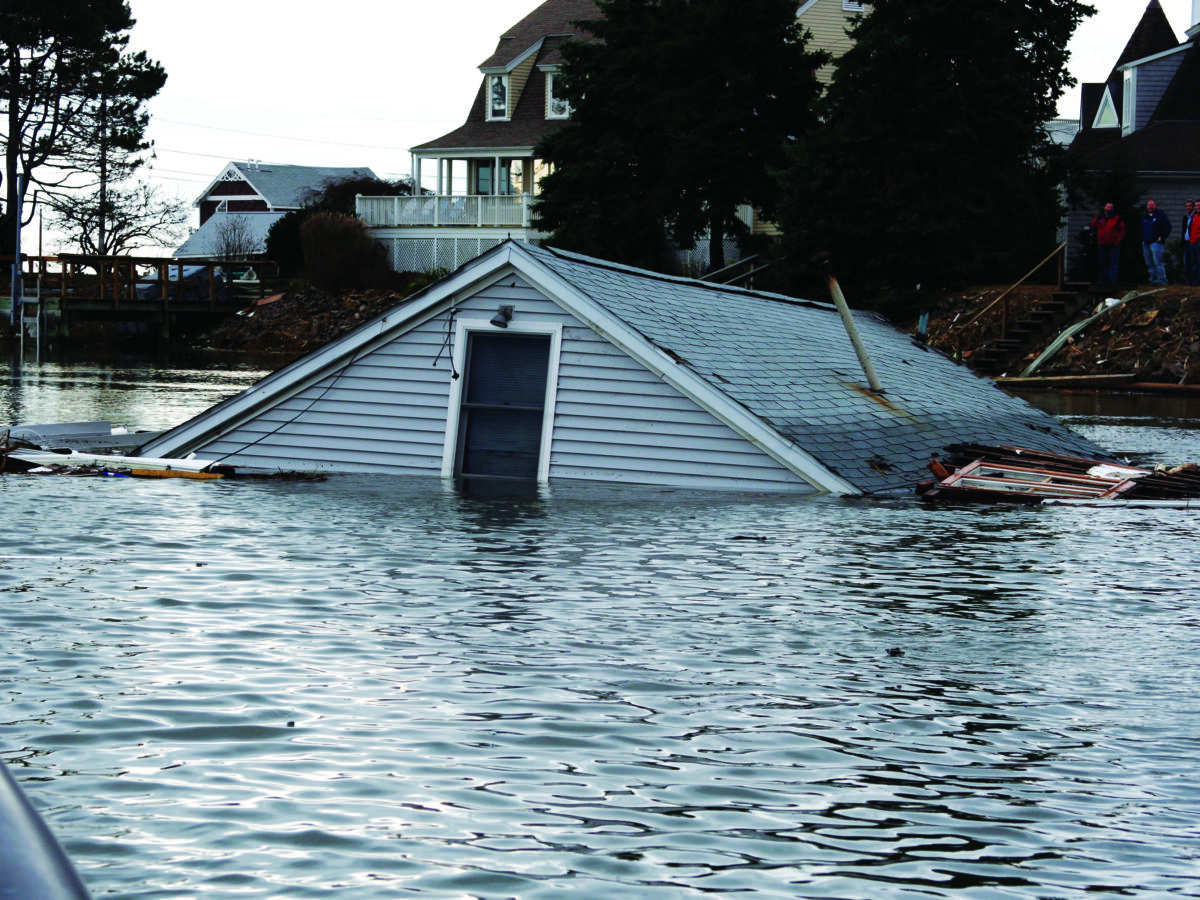The common assumption that flood behavior is not changing over time causes water managers to undervalue flood protection benefits. A better method of risk assessment is proposed.

The common assumption that flood behavior is not changing over time causes water managers to undervalue flood protection benefits. A better method of risk assessment is proposed.